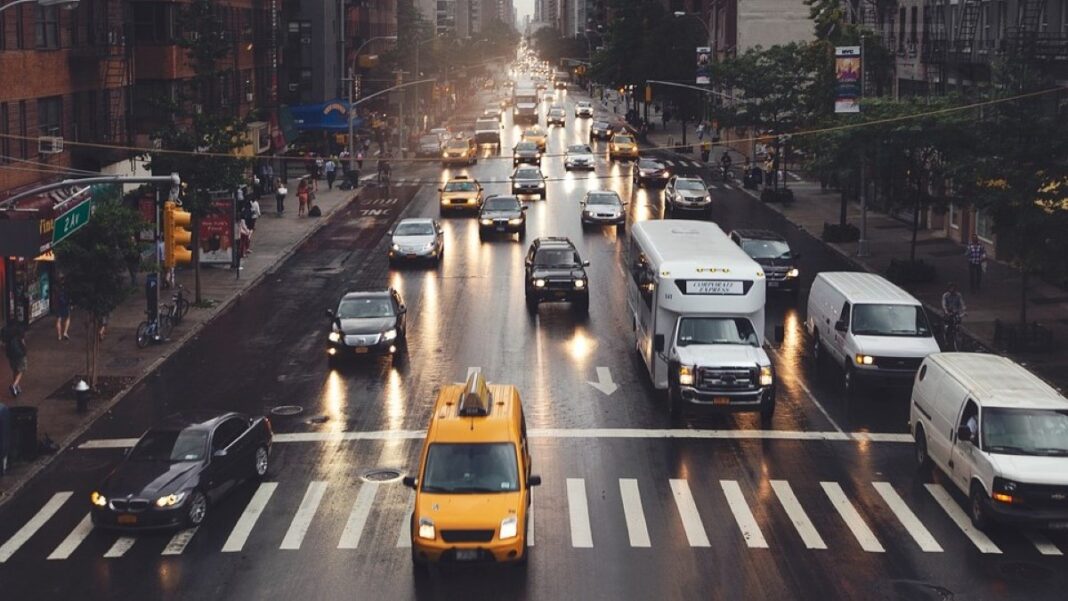GERMANY: Braess’s Paradox is a reminder that sometimes the most intuitive solutions to traffic congestion may not be the best.
The idea that adding more roads or lanes can ease congestion and improve traffic flow forms the basis for the world of traffic engineering.
However, Braess’s paradox, a mathematical paradox, suggests this isn’t always the case.
Adding more roads can create more traffic, resulting in longer commute times for everyone in certain situations.
First proposed by German mathematician Dietrich Braess in 1968, the Paradox explains why adding extra routes to a transportation network can increase congestion and travel times for all drivers.
Braess suggested that in a network of roads where each driver chooses their own route, adding an extra road can actually increase traffic, even if it seems counterintuitive.
The basic premise of Braess’s paradox is that adding a new road can create new shortcuts that weren’t available before.
As a result, some drivers will switch to these new, faster routes, which can lead to more traffic on those roads.
These faster routes, in turn, can slow down the entire network of roads, even for drivers still using their original routes.
Researchers have observed the paradox in several real-world situations. One famous example comes from New York City, where the 1964 closure of a section of Park Avenue led to faster commute times for many drivers.
The closure forced some drivers to find new routes, which reduced traffic on other roads and ultimately improved overall traffic flow.
More recently, researchers in Singapore have used simulations to demonstrate how Braess’s paradox can play out in a modern urban environment.
In one simulation, adding an extra road increased travel times for everyone, while in another, removing a road improved overall traffic flow.
The implications of Braess’s paradox are significant for traffic engineers and policymakers.
The paradox suggests that building more roads or lanes may not be the best solution to traffic congestion.
Instead, planners need to take a more nuanced approach that considers how drivers will react to changes in the road network.
One possible solution is to use tolls or other pricing mechanisms to discourage drivers from taking specific routes.
By making some routes more expensive, planners can encourage drivers to spread out more evenly across the road network, reducing congestion overall.
Another solution is to encourage alternative modes of transportation, such as public transit, biking, or walking. By providing more options for getting around, planners can reduce the number of cars on the road and alleviate congestion.
Ultimately, the key to solving Braess’s paradox is understanding that traffic is a complex system that can’t be fully understood or predicted.
Instead, engineers and policymakers need to take a more holistic view of transportation, considering multiple factors, such as land use, urban design, and technology, to create a more sustainable and efficient transportation system.
Also Read: Pi Day: A Celebration of Maths’ Most Mysterious Number



